When you inflate a soccer ball, it gets harder because of particles. Air particles are being compressed into the container and pushing on the inner walls of the ball. If the ball is placed in the freezer, the ball will deflate a little bit because the particles get closer together in the cooler temperatures.
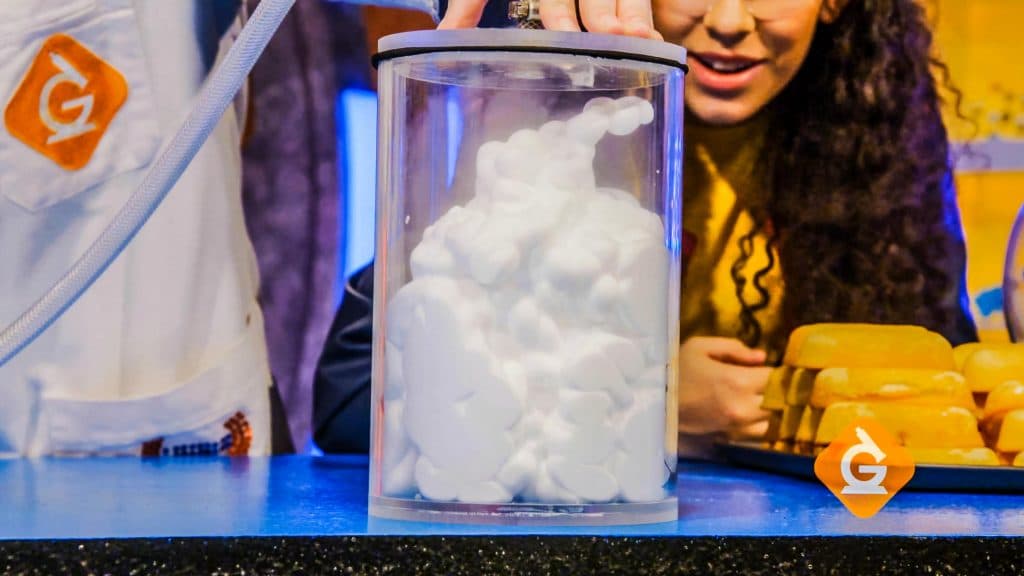
Matter is anything that has weight and takes up space. A particle is the smallest possible unit of matter. Understanding that matter is made of tiny particles too small to be seen can help us understand the behavior and properties of matter.
To better understand how the 3 states of matter work….
LET’S BREAK IT DOWN!
All matter is made of particles that are too small to be seen.
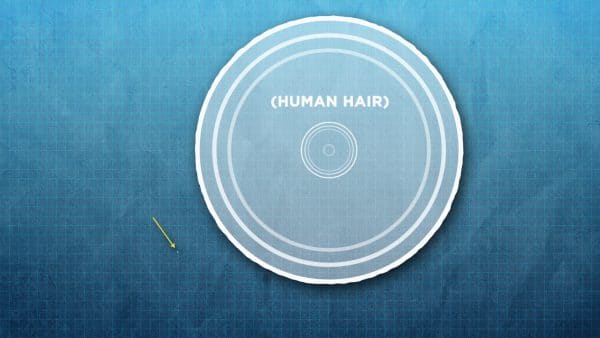
Everything you can see and touch is made of matter. It is all the “stuff” in the universe.
Things that are not made of matter include energy, and ideas like peace and love.
Matter is made up of small particles that are too small to be seen, even with a powerful microscope. They are so small that you would have to put about 100,000 particles in a line to equal the width of a human hair!
The arrangement of particles determines the state of matter.
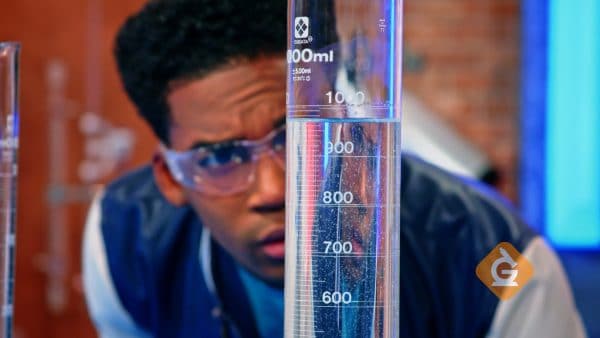
Particles are arranged and move differently in each state of matter. Solids contain particles that are tightly packed, with very little space between particles. If an object can hold its own shape and is difficult to compress, it is a solid.
Liquids contain particles that are more loosely packed than solids, but still closely packed compared to gases. Particles in liquids are able to slide past each other, or flow, to take the shape of their container.
Particles are even more spread apart in gases. Gases will fill any container, but if they are not in a container, they will escape into the air. A lot of space exists between the particles in a gas, allowing gases to be compressed (pushed together) much more easily than solids and liquids.
Matter can change states.
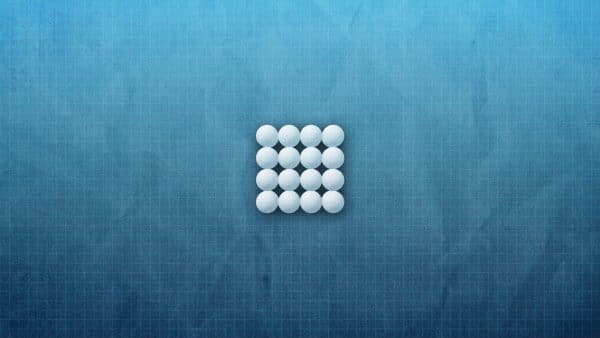
Matter can change from one state to another. When solids change to liquids, the arrangement of the particles changes to become more loosely packed.
When liquids change to gases the particles become even more loosely packed.
It takes energy for matter to change from one state to another. To change liquid water to a gas, heat energy must be added. The opposite is also true. To change liquid water into a solid block of ice, energy must be removed.
The particle model explains the behavior of matter.
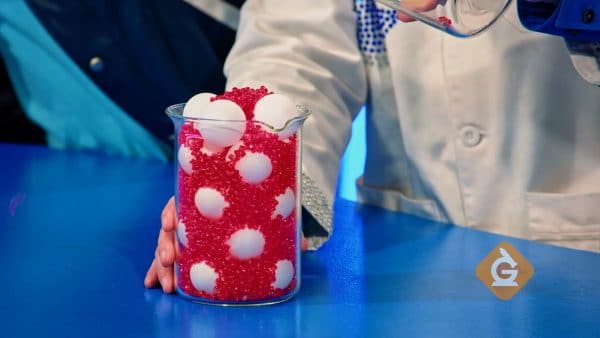
The particle model of matter states that all matter is made up of tiny, moving particles with spaces between them.
A neat science experiment can show us this: If we combine 50 mL of water and 50 mL of isopropyl alcohol, you would expect the total volume would be 100 mL. In fact, the actual volume is 97 mL. It would seem that some of the liquid vanished. However, when the water and alcohol are mixed together, some of the particles of alcohol fit in between the particles of water.
An easier way to visualize this is to picture a beaker of ping-pong balls. If you pour tiny beads into the beaker with the ping-pong balls, the beads will fill in the spaces between the ping-pong balls.
EXAMPLES OF PARTICLES OF MATTER

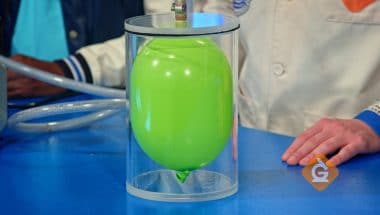
Gas particles expand to fill their container. When air is removed from the vacuum chamber, the gases in the balloon will expand to fill the container.
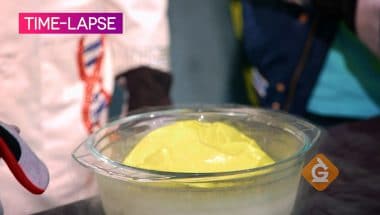
Liquid nitrogen is cold enough to convert carbon dioxide gas particles to a solid. As the particles of carbon dioxide gas get colder, the space between the particles shrinks and the gas changes to a solid.
PARTICLES OF MATTER VOCABULARY
PARTICLES OF MATTER DISCUSSION QUESTIONS
Why would a soccer ball that has been left out in the cold go flat?
What is the smallest possible unit of a type of matter called and about how big is it?
Why did 500 mL of water combined with 500 mL of alcohol add up to only 970 mL of total liquid? Use the particle model of matter to explain.
What happens when Izzy and Zoe place the balloons filled with carbon dioxide into the bowl of liquid nitrogen?
What evidence for the particle model of matter does Dr. Jeff show during the liquid nitrogen demonstration?
Compare what happens to Zoe’s soccer ball, which is left outside, to what you observed during the liquid nitrogen demonstration.
Why does the balloon inside the vacuum chamber get bigger when the vacuum pump is turned on?
Skip, I will use a 3 day free trial
Enjoy your free 30 days trial
We use cookies to make your experience with this site better. By using this site you agree to our use of cookies. Click "Decline" to delete and block any non-essential cookies for this site on this specific property, device, and browser. Please read our privacy policy for more information on the cookies we use.Learn More
We use cookies to improve your experience. By using this site, you agree to our use of cookies. Click "Decline" to block non-essential cookies. See our privacy policy for details.Learn More






